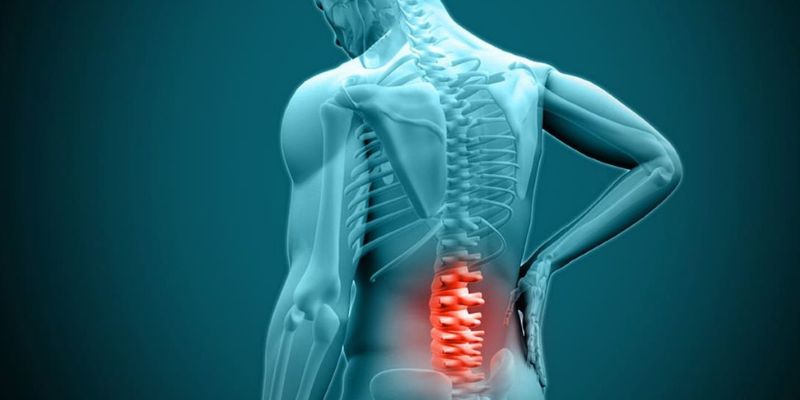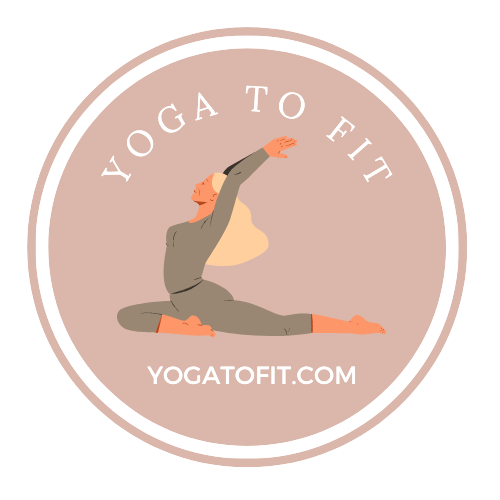Natural Ways To Get a Slipped Disc Back In Place

You know how challenging it can be if you’ve ever experienced the agonising discomfort and insensitivity caused by a slipped disc. If a slipped disc has been determined to be the cause of your pain, you might be wondering how to return it to its ideal position. In this guide, we’ll explore various methods, including exercises, Natural Ways To Get a Slipped Disc Back In Place.
A common problem that can result in severe pain and discomfort is a slipped disc, sometimes referred to as a herniated disc.
Fortunately, there are methods you can try to reduce the discomfort .
A slipped disc occurs when the soft, jelly-like center of a spinal disc pushes through a crack in the outer layer.
It is important to identify the common warning signs of a herniated disc.
It’s important to note that any treatment or exercise should be done under the guidance of a qualified healthcare professional.
So, let’s move in and learn how you can take steps towards getting a slipped disc back in place and regaining your quality of life.
Ways of Correcting a Slipped Disc
Here are some general ways that may help correct a slipped disc:
1. Rest and Avoid Aggravating Activities
One of the first steps in getting a slipped disc back in place is to rest and avoid activities that can further aggravate the condition.
Overexertion, heavy lifting, and repetitive bending or twisting can worsen the symptoms of a slipped disc and make it harder for the disc to heal naturally.
It’s important to take a break from activities that trigger pain and give your body time to recover.
2. Apply Heat or Cold Therapy
Applying heat or cold therapy can help reduce inflammation and relieve pain associated with a slipped disc.
Heat can help relax muscles and increase blood flow to the affected area.
You can use a heating pad, warm towel, or hot water bottle to apply heat to the affected area .
Alternatively, you can use an ice pack or a bag of frozen vegetables wrapped in a towel to apply cold to the area. Be sure to protect your skin from direct heat or cold to prevent burns or frostbite
3. Practice Gentle Stretching and Exercise
Gentle stretching and exercise can help improve flexibility, strengthen the muscles that support the spine, and promote healing of a slipped disc.
However, it’s important to consult with your healthcare provider or a qualified physical therapist before starting any new exercise, as certain movements or positions may exacerbate your condition.
Your healthcare provider or physical therapist can recommend appropriate exercises tailored to your condition and guide you on how to perform them safely. Examples of gentle exercises for a slipped disc may include walking, swimming, or doing low-impact exercises such as tai chi or yoga.
Here are some general guidelines for gentle stretching and exercise that may be beneficial for relieving symptoms associated with a slipped disc:
Knee-to-chest stretches
Lie on your back with your knees flexed and feet resting comfortably on the ground. Gently bring one knee towards your chest and hold it with your hands for 15-30 seconds. Release and repeat with the other knee. Simultaneously treating both knees is also an option.
Cat-cow stretches
Start on your hands and knees, with your hands positioned directly beneath your shoulders and your knees positioned under your hips.
Inhale and arch your back, lifting your chest and tailbone towards the ceiling (cow pose), then exhale and round your back, tucking your chin towards your chest (cat pose). Repeat for 5-10 cycles, moving slowly and smoothly.
Walking
Gentle walking can help improve circulation, promote healing, and relieve muscle tension. Start with short walks and gradually increase the duration as tolerated.
Core strengthening exercises
Strengthening your core muscles, including your abdominal and back muscles, can help provide support to your spine. Examples of gentle core exercises include abdominal bracing, gentle pelvic tilts, and bridging exercises.
4. Consider Over-the-Counter Pain Medications
Over-the-counter pain medications, such as nonsteroidal anti-inflammatory drugs can help relieve pain and reduce inflammation associated with a slipped disc.
Follow the dosing instructions on the label and talk to your healthcare provider .
Avoid long-term or excessive use of pain medications without medical supervision.
It’s important to note that OTC pain medications are not a substitute for proper medical care. If you suspect you have a slipped disc or are experiencing severe pain or other concerning symptoms.
5. Explore Alternative Therapies
Alternative therapies, such as chiropractic care, acupuncture, or massage therapy, may also be beneficial in getting a slipped disc back in place. Chiropractic adjustments can help realign the spine and relieve pressure on the affected disc, while acupuncture can stimulate the body’s natural healing mechanisms and promote pain relief. Massage therapy can help relax muscles, improve circulation, and reduce tension in the affected area. However, it’s important to choose a qualified and experienced practitioner and discuss your condition and symptoms with them firstly.
6. Use Proper Body Mechanics
Using proper body mechanics can help prevent further injury and strain on your muscles, bones, and joints. It is important to maintain a neutral spine alignment when lifting heavy objects, utilizing your legs and core muscles instead of your back to minimize the risk of back pain or injury.
FAQS
Q: What is a slipped disc?
A: A slipped disc, also known as a herniated disc, is a condition where the soft inner portion of a disc in the spine protrudes through the outer ring, causing pain and discomfort.
Q: How can I get a slipped disc back in place?
A: It is not possible to physically push a slipped disc back in place. Treatment options for a slipped disc depend on the severity and may include rest, physical therapy, pain medications, corticosteroid injections, and in some cases, surgical intervention.
Q: Are there any exercises or stretches that can help with a slipped disc?
A: While specific exercises or stretches cannot put a slipped disc back in place, they may help relieve symptoms and strengthen the surrounding muscles to support the spine. However, it is important to consult with a healthcare professional before attempting any exercises or stretches to avoid exacerbating the condition.
Q: When should I see a doctor for a slipped disc?
A: It is recommended to see a doctor if you experience severe or persistent pain, numbness or weakness in the limbs, difficulty controlling bowel or bladder function, or if the pain is affecting your daily activities and quality of life.
You May Also Like:
10 common yoga symbols and their meaning
Conclusion
In conclusion, dealing with a slipped disc can be painful and challenging. But there are several steps you can take to potentially get slipped disc back in place. It’s important to first consult with a healthcare professional to accurately diagnose the condition and determine the appropriate course of action. Treatment options may include rest, pain medication, physical therapy, and other conservative measures.
However, attempting to manipulate the spine or self-treat a slipped disc can be risky and may cause further damage. It’s crucial to follow medical advice and avoid engaging in activities that could worson the condition.
Remember to prioritize your health and seek professional guidance for the best possible outcome.



